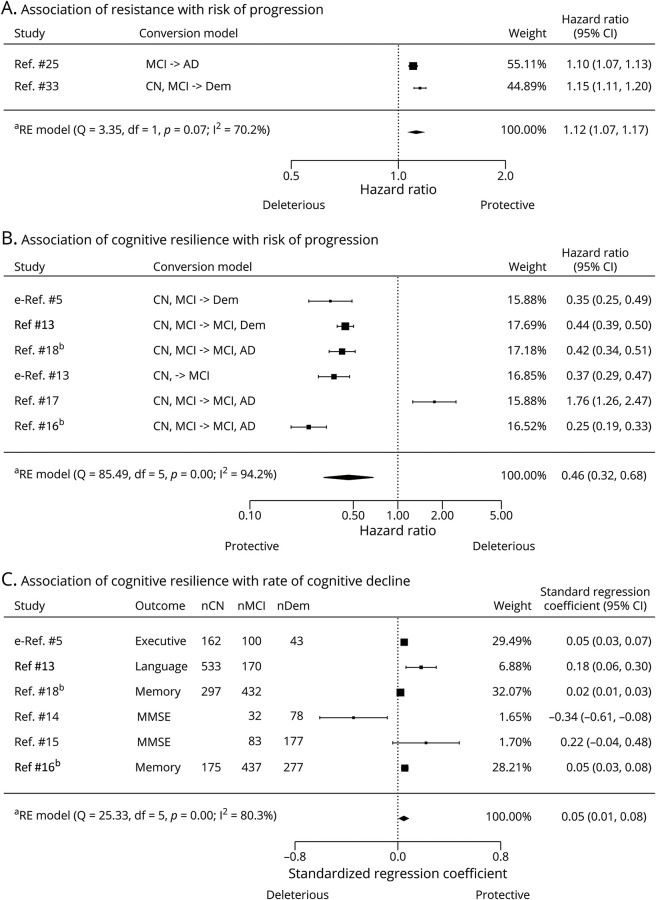Figure 5. Forest Plots Illustrating Associations of Residual Method–Based Measures of Resistance and Resilience With Longitudinal Cognitive Outcomes.
(A) Random-effects meta-analysis of association between resistance and risk of progression to dementia/Alzheimer disease (AD). Note that in the age-based residual measures of resistance, a negative value indicates higher resistance level. Therefore, a hazard ratio >1 indicates a favorable outcome, such that a higher resistance level is associated with a reduced risk of converting to AD/dementia. (B) Random-effects meta-analysis of association between cognitive resilience and risk of progression to dementia/AD. In this case, the cognition-based or brain-based residual measures are proportional to the level of cognitive resilience, with a higher positive value indicating a higher cognitive resilience level. A hazard ratio <1 indicates a favorable outcome, where a higher cognitive resilience level is associated with a reduced risk of converting to AD/dementia. (C) Random-effects meta-analysis of association between cognitive resilience and rate of cognitive decline. A positive standardized regression coefficient indicates a favorable outcome, where a higher cognitive resilience level is associated with a slower rate of decline. The outcome indicates the specific cognitive domain/neuropsychological test used to assess cognitive decline in each study. Size of rectangles are proportional to the weight of the study in the random-effects model. CI = confidence interval; CN = cognitively normal; MCI = mild cognitive impairment; MMSE = Mini-Mental State Examination; nCN = number of cognitively normal patients; nDem = number of patients with dementia/AD; nMCI = number of patients with mild cognitive impairment; RE = random effects. aRE model: random-effects model using the DerSimonian-Laird estimator. bThese 2 studies contain a partially overlapping sample of patients as they used the same cohort.

